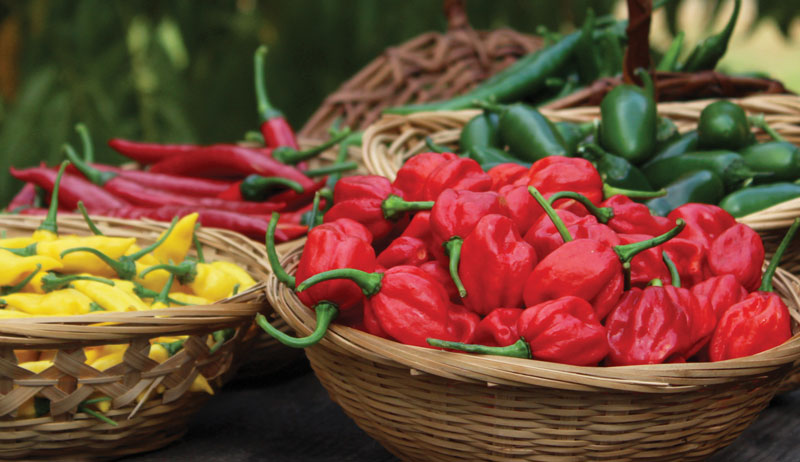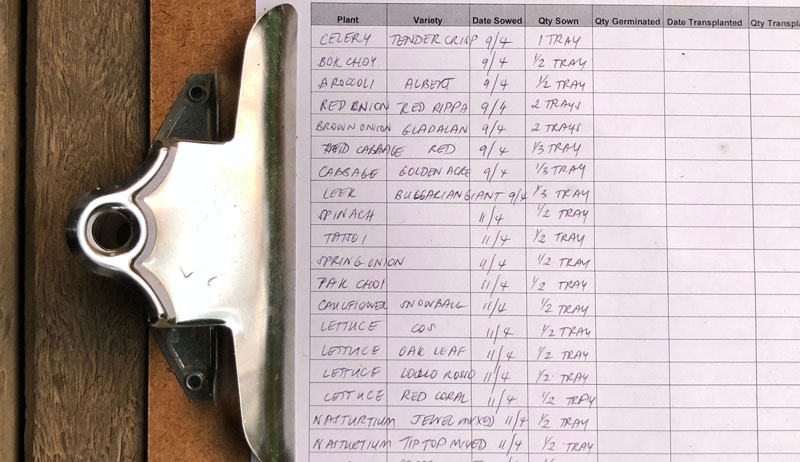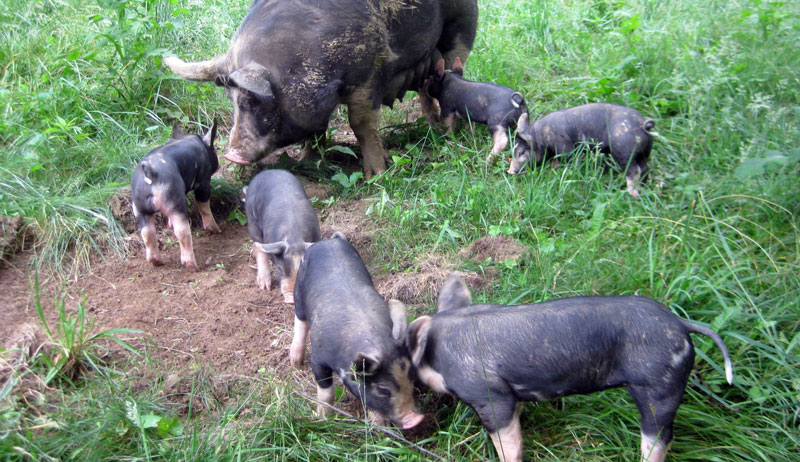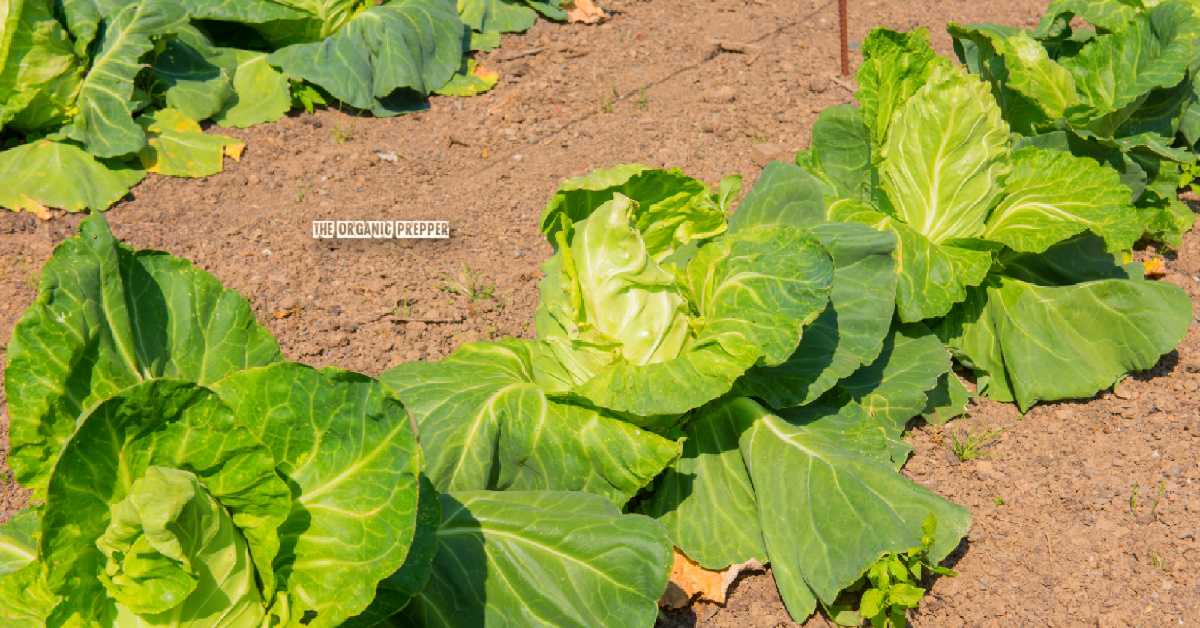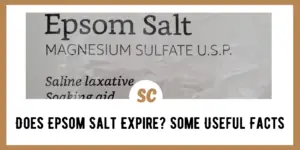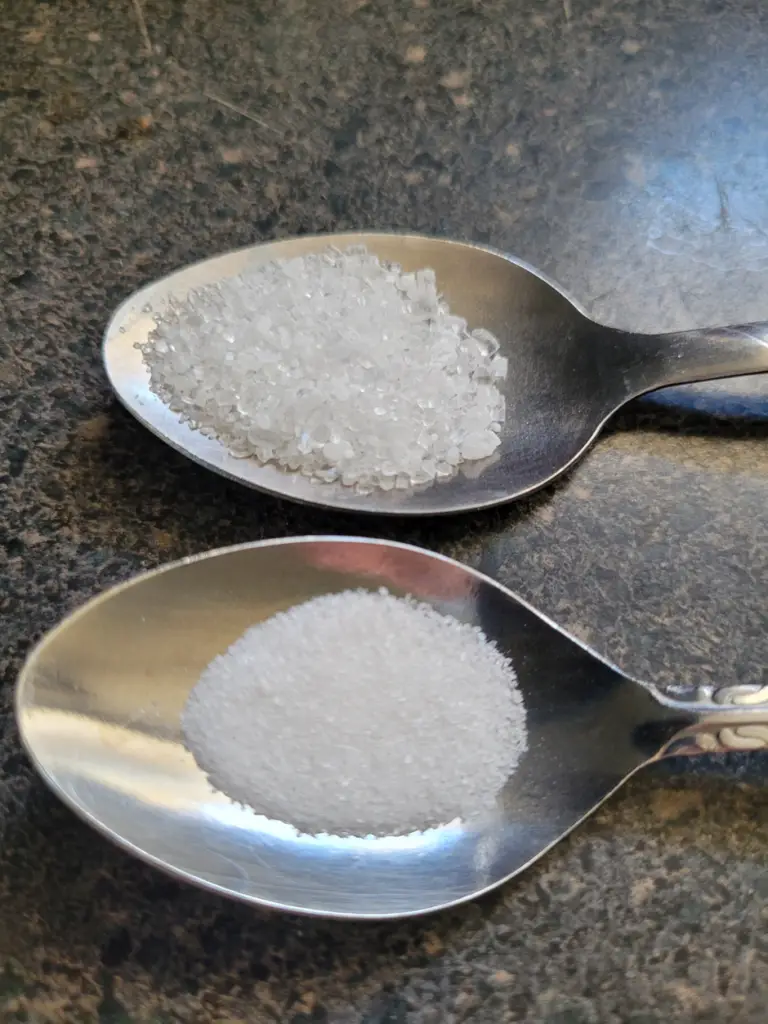Does your garden selection need spicing up? Peppers can be a great option whether you grow them to enjoy fresh from the garden, store in the pantry or perhaps even diversify your farming operation’s income strategies by selling your produce through local farmers markets or fruit and vegetable stands.
A local produce stand owner, a local pepper producer and a local garden store manager share their tips for making pepper production a success.
Recommendations for Produce Stands
Owned by Donald Hughes, Hughes Produce, located in Dunlap, Tennessee, is a local, family-owned business that has been in operation in the Sequatchie Valley for decades. From spring to winter, they carry a variety of items ranging from fruits and vegetables to Amish butter and cheese.
As for peppers, the business sells more of the mild variety. “But even people who don’t like a lot of heat will add a half or a whole hot pepper for flavoring,” Hughes says. Customers of the produce stand use peppers to make salsa, chow-chow, relish and pickles. They also freeze jalapeño peppers to make poppers on demand.
For those wishing to grow peppers to sell at a local farmers market or produce stand such as his, Hughes recommends packaging peppers in smaller containers. His best-selling peppers are bell, rainbow bell, jalapeño, cayenne and serrano. 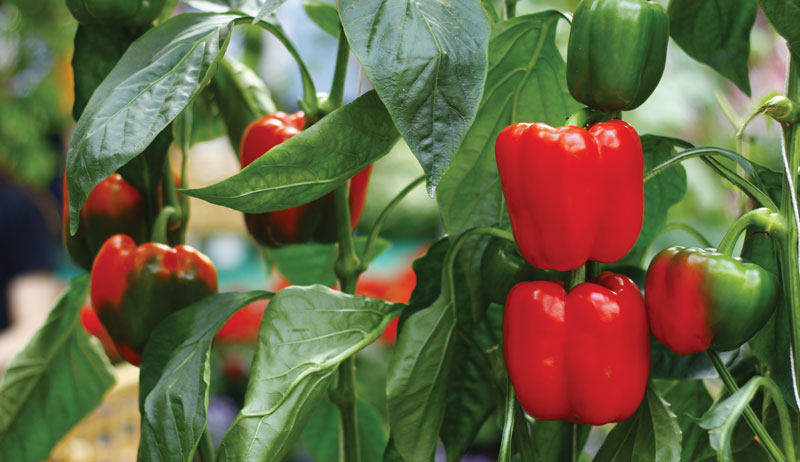 Vasin Hirunwiwatwong/Shutterstock
Vasin Hirunwiwatwong/Shutterstock
Common local peppers
Hughes offered the following descriptions of these locally grown peppers.
California Wonder
This is a juicy, sweet, bright red pepper that is approximately 3 to 4 inches in length. This pepper is not a hybrid. It’s great as a stuffed pepper, for use in chow-chow and as an ingredient in fajitas.
Sweet Banana
This mild/sweet yellow pepper turns red as it ripens. Approximately 6 to 7 inches in length, it’s a long, narrow pepper known for its large yields all summer long.
Use it in salads, pickled, in chow-chow, as a relish and as a popper that is filled with cream cheese and onion and wrapped in bacon. Hughes says that hot banana peppers have less heat than jalapeño peppers.
Jalapeño
Primarily known as a hot pepper variety, new varieties exist that have less heat. Although not seen this way in a typical grocery store setting, these peppers are green or bright red when ripe. They are approximately 2 to 3 inches in length. Most commonly used when cooking Mexican dishes, these versatile peppers are also great for pickling, in chow-chow, in hot sauces, in poppers and more.
Anaheim
A medium to hot chili pepper, this dark green vegetable is usually 7 to 8 inches in length, thick-walled and 2 to 3 inches wide. It makes a great addition to chili.
Cayenne
For the uninitiated, their wrinkled appearance may make this pepper seem old. Turning red when ripe, this pepper is about 6 to 7 inches in length. Use it in a hot sauce, for drying…
